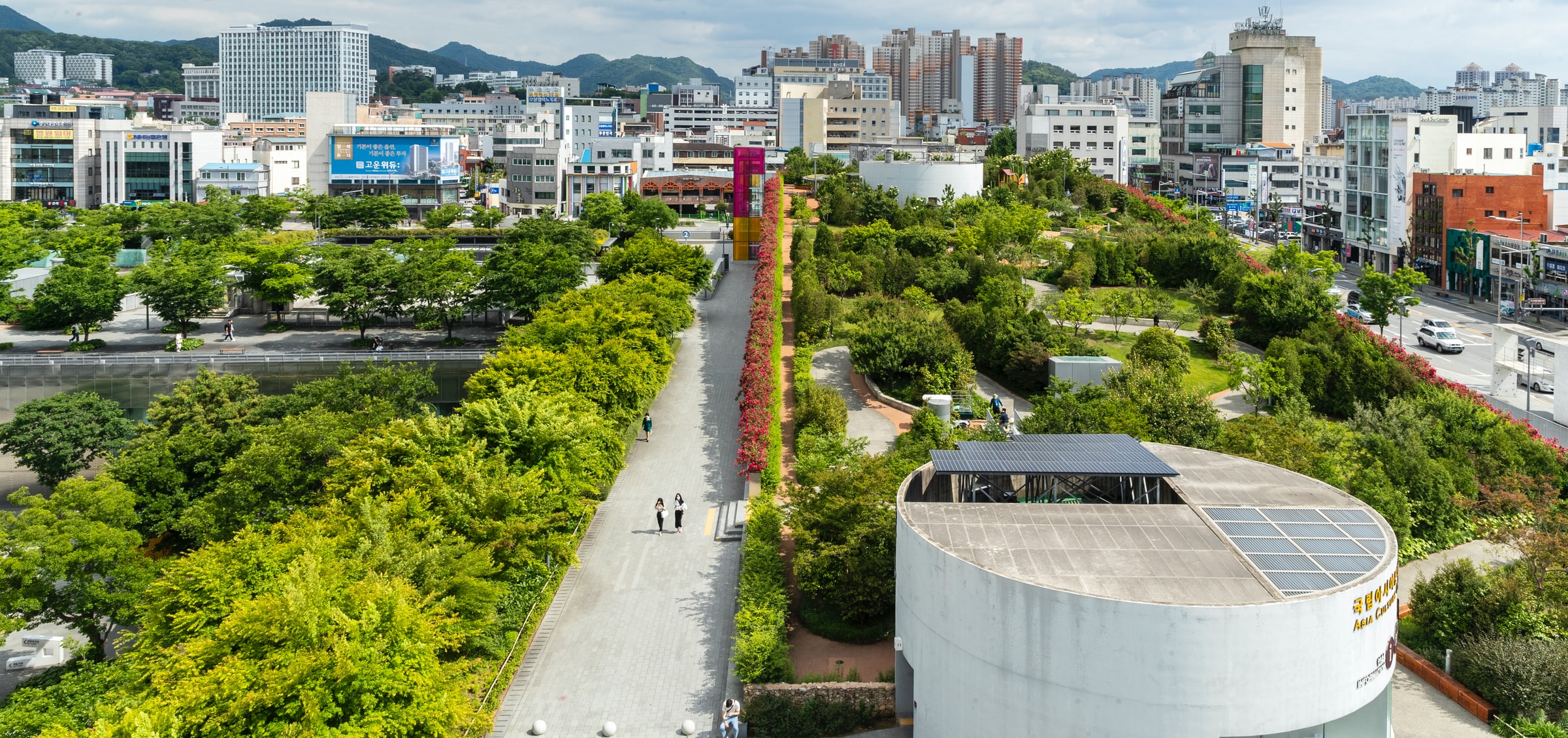Have you heard of “Biophilic Design?”
I hadn’t. As I was scrolling through my Instagram feed, a short World Economic Forum video about biophilic design projects in Singapore began to stream. Usually, I don’t have time to watch videos, but this one caught my attention. I was mesmerized by the concept and incredible imagery. I needed to find out more about this design technique.
What is Biophilic Design?
“Biophilic design is a holistic practice utilizing nature-based systems, engineering principles, and design cues to support improved health, well-being, and performance measured through personal biometrics, self-rated mood, and work-quality.”
Ryan and Browning, 2018
Biophilic design is a way of creating urban architecture that connects to man’s inherent disposition to dwell in nature. The concept is based on the belief that humans possess a genetic connection to the natural world. City living is not our natural habitat.
Biophilic designers point to the harshness of our urban landscape: billboards, traffic, concrete, noise, and bright lights. These cold, manmade structures contribute to a condition of global depression and anxiety.
Biophilic design embraces nature and brings it into our urban dwelling spaces, restoring biodiversity and reducing stress and anxiety.
How did it Start?
The biophilic design concept was pioneered in the 1980s by Edward O Wilson an American biologist. As he looked around, Wilson noticed that people were disconnecting from the natural world due to their urbanized lifestyle. Cities were becoming larger and denser. Urban design became focused on how to make the most use of limited space to accommodate the most people. Wilson and other advocates believed the severed connection to nature resulted in increased physiological and psychological challenges.
Why is Biophilic Design Important?
In 1980, 39% of the global population was living in cities. By 2015, 54% had become city dwellers. It is estimated that by 2050, more than half the world, 66% will be living in cities. (United Nations, Department of Economic and Social Affairs)
According to an article on Oliver Heath Design, a sustainable architecture and interior design company, the World Health Organization has identified cardiovascular disease, mental health disorders, and other stress-related illnesses to be primary causes of disease.
When we are surrounded almost entirely by urban landscapes, we’re deprived of the opportunity to partake of the recuperative elements found in nature.
“Incorporating direct or indirect elements of nature into the built environment have been demonstrated through research to reduce stress, blood pressure levels, and heart rates, whilst increasing productivity, creativity and self-reported rates of well-being.”
Oliver Heath Design
Healthy and Productive Employees
Incorporating water features, green spaces, diverse species of plants, and natural materials help to reduce the carbon footprint of urban buildings. Studies show that when office buildings incorporate biophilic design, employees are happier and more productive. Team building and creativity are improved. Employees are motivated to get up from their desks and enjoy the natural green space, fresh air, and other biophilic aspects within their corporate workspace environment.
Improving Patient Care
The World Economic Forum video focused on some amazing projects in Singapore. One project that caught my attention was Khoo Teck Puat Hospital, considered to be the most biophilic hospital in Asia. The hospital began operating in 2010 and serves roughly 800,000 northern Singapore residents.
More than 700 species of plants native to the region are growing on the hospital site. There is measurable improvement in physiological and psychological health. The fresh air and natural light improve patients’ ability to generate Vitamin D, which is key to healing.
Hospital officials report that stress levels are lower. Patients are healing and, most importantly, require less intense pain medication. The smell of medicine and chemicals has been masked by native plants. Chirping birds drown out the noises of hospital machinery. Rather than feeling like you’re walking down a sterile hospital hallway, patients and visitors feel as if they’re strolling in vast gardens.
Why isn’t every hospital using biophilic design?
Make Your Own Space Biophilic
We’ve been talking about how biophilic design is being used in large-scale urban development projects, but you can turn your home or office into a biophilic healing center. It doesn’t cost a lot of money, and the results can be stunning. Surround yourself with a few plants. If you don’t have a green thumb, get ones that are easy to care for, like a snake and spider plants or a Philodendron. Try to bring as much of the natural light inside as possible. Add water features like a fountain or sound machine. Decorate your walls (or partition) with images of nature. And remember to get up from the computer and take a walk in the park.


